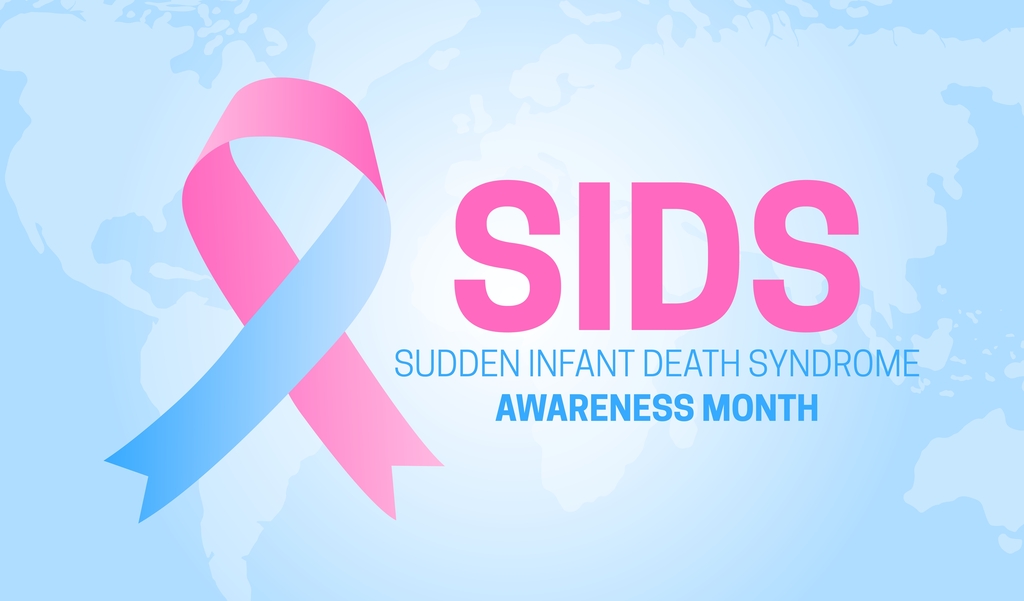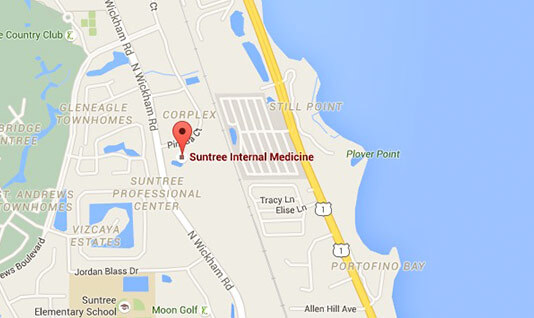Sudden Infant Death Syndrome
Posted on: October 18, 2021

October is Sudden Infant Death Syndrome (SIDS) Awareness Month. What is SIDS? It is the unexplained death of a seemingly healthy baby who dies unexpectedly and suddenly, usually while they are asleep. Since babies often die in their cribs, it is also known as crib death. SIDS is the leading cause of death among babies between 1 month and 1 year of age in the United States.
Causes and Risk Factors
It is unknown what causes SIDS. Without knowing the cause, it is not preventable. Research has identified risk factors that make babies more vulnerable. Some risk factors are controllable while some are not. These risk factors include:
- Gender - Males are slightly more likely than females to die of SIDS
- Age - Babies between 2 months and 4 months of age are the most vulnerable
- Race - Non-white babies are more likely to develop SIDS
- Family History - Babies with siblings or cousins who have died from SIDS have a higher risk
- Low birth weight – It is more likely that a baby’s brain hasn’t fully developed if they were born premature or part of a multiple birth, so they may not have complete control of their breathing and heart rate
- Brain defects – Babies can be born with health problems that make them more likely to die of SIDS
- Respiratory infection – If the baby was previously sick, their breathing may be affected
- Secondhand smoke – Babies who live in homes with smokers have a higher risk
Reduce the Risk
SIDS is not preventable, but there are things you can do to help reduce the risk. During pregnancy, the mother should not smoke cigarettes, use drugs, or drink alcohol. The mother also needs adequate prenatal care.
Babies should not sleep on their sides or stomach. It is believed that babies may have more difficulty breathing compared to those who sleep on their backs. They need to be placed on their backs and giving them a pacifier while asleep can reduce the risk.
You will want to create a safe sleeping environment for babies. The temperature in the baby’s room should be comfortable. If the room is too warm, the baby has too many layers of clothes or too many blankets, the baby can overheat. It is advised to not co-sleep. Babies should sleep in the same room as their parents, but not in the same bed. They should sleep in their safety-approved crib on a firm mattress with a fitted sheet. If the mattress is too soft, it increases their risk of SIDS. The baby’s crib should be bare as much as possible when it is time to sleep. It is advised to remove any soft bedding. If you are using a blanket, the blanket should never cover the baby’s face and head. The blanket must be placed no higher than the baby’s chest, the baby’s feet should be at the bottom of the crib and the blanket should be tucked in around the bottom of the crib mattress. You will also need to remove soft toys or any other soft items from their crib as well.
A family losing a child to SIDS can be extremely devastating. A common feeling families feel is guilt that this happened, but SIDS is not fully preventable. There are no signs or symptoms for a family to look for. It is truly unexpected and sudden. The best thing families can do is take the steps necessary to reduce the risk. If you or someone you know has lost a baby to SIDS, it is vital to seek support.




